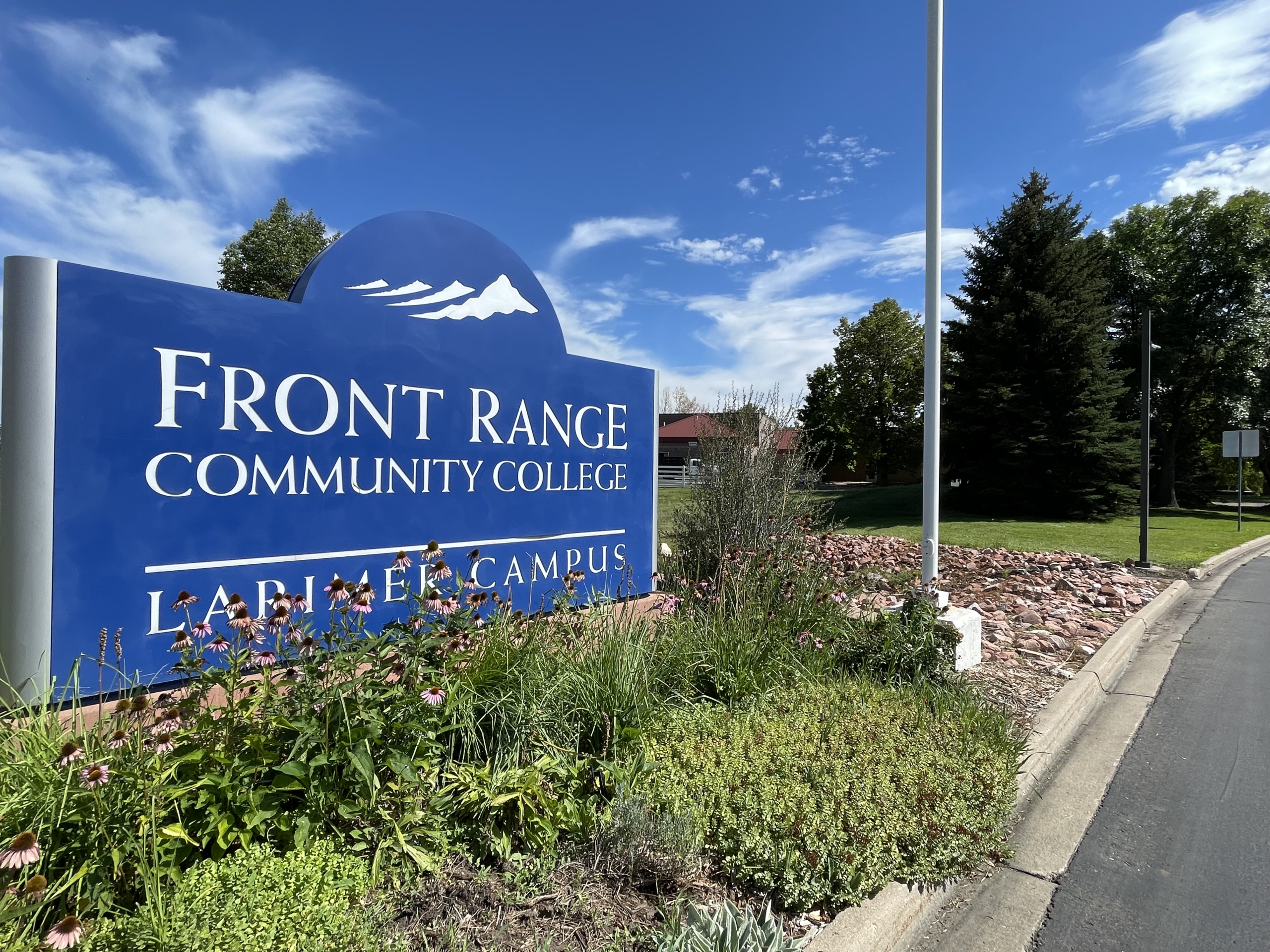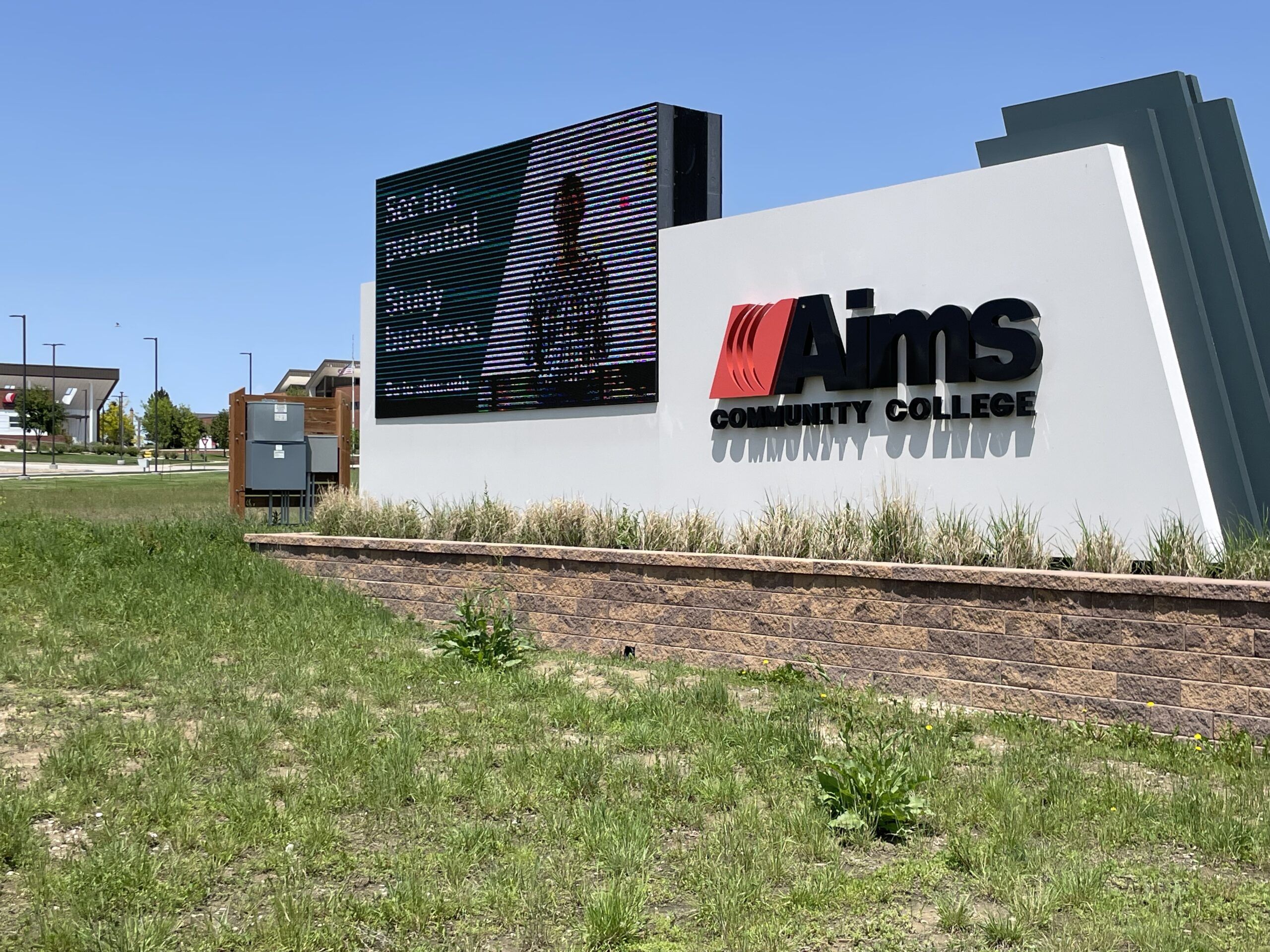Girls Who Code makes computer science fun for girls
Technology teacher Laura Bustos figured out a way to make computer science fun for elementary school girls, so much so they asked her if it’s Monday, or club day, every day of the week.
Last school year, Bustos helped bring the Girls Who Code after-school club to Putnam School of Science in Fort Collins where 30 girls learned computer science skills in lessons geared to them.
“Every single day, they would ask if it was Girls Who Code club,” said Bustos, the club facilitator who also worked bus duty and saw the club members most mornings.
Finally, when Monday came, or 3:30 p.m. to be more precise, girls in grades 3-5 headed to the Girls Who Code center located within the media center. The center, called Tech Studio, was outfitted with lounge furniture designed to encourage the girls to engage in collaboration and communication in a more casual, relaxed atmosphere than the regular classroom.
A Poudre School District innovation grant covered the costs of the furniture and the devices the girls used in the program.
“We had purchased devices that were especially appealing to girls to encourage creativity and to encourage mentoring and to encourage collaboration with other females,” Bustos said, adding that four volunteers worked with the girls, including a staff member and three community members.
One of the devices was a wristband the girls programmed to light up in different patterns that they wore to a glow dance party. Another was a small motorized vehicle they each built with a computer in the driver’s seat. They were going to cover the vehicles with shoe boxes to create parade floats when school went remote last spring.
“We were trying to incorporate creativity and art and individuality to inspire them and to promote that computer science is very creative,” Bustos said. “If I could introduce (computer science) skills at an early age, they might realize it’s fun. It’s not intimidating. It’s a skill they could learn and continue through high school. … If they had the skill, it could open doors and opportunities for them.”
The girls went on a field trip to the Poudre School District Futures Lab, where high school students gave them direction in writing code for drones and Android apps.
“In that classroom, there were no girls; it was all boys,” Bustos said. “They got to see and experience that they were capable of doing those skills. … It was interesting for them to have that perspective that they were capable of doing those things.”
The girls saw other benefits, too, including learning skills in problem-solving and team-building and engaging in mentoring with the older girls helping out the younger girls, Bustos said. They also gained a new perspective about computer science, which carries the stigma of being hard and for nerds, she said.
“We started it last year with just girls because of the disparity girls have when it comes to computer technology and computer sciences skills,” Bustos said, adding that Girls Who Code is inclusive of both girls and boys. “We were pondering how to best approach that moving forward. … With what happened in the spring, we didn’t even get to finish last year, and my goal was to talk with the girls and see how they felt about it.”
Bustos isn’t sure how the club will be handled this year, though there are remote versions available.
“It’s a wait-and-see approach this fall,” Bustos said. “Some of our laptops haven’t been distributed yet, so I’m waiting to see how going completely remote this fall works out with the students. I’m still hoping we’re able to have something with the girls, even if it’s remote.”
Girls Who Code is offered at other schools in Northern Colorado, including last year at Bacon Elementary School, also in Poudre School District, and Erie High School in St. Vrain Valley School District. Clearview Library District in Windsor may offer a virtual option in the future. Other schools in Northern Colorado expressed interest in the program but do not have it in place as of yet.
Erie High School teacher Kelsey Rasmussen began the program at the school in 2015 after seeing that Erie Middle School had a strong program at the time and wanted to give the students a club to join when they entered high school. The program is offered as an after-school club that meets weekly and is for students in grades 9-12 — last year, the club met for 75 minutes on Friday afternoons to minimize conflicts with other clubs.
The club evolved from volunteer instructors teaching mini-lessons to using the Girls Who Code mini-plan, meeting synchronously with the school’s clubs for Science, Technology, Engineering and Mathematics, or STEM, and CyberPatriot, which is a national youth cyber education program created by the Air Force Association.
“The social bonding part of the club is one of the best benefits for the students — they know they have a home base in school with like-minded peers,” said Rasmussen, who is a teacher and program coordinator for the school’s Academy of Engineering & Aerospace. “Building and cultivating an identity as a girl with computer skills and interests will keep so many more doors open for her.”
But Rasmussen isn’t sure if the club will be offered this year.
“GWC has shared virtual plans with facilitators, but I’m not sure yet what we’ll implement,” Rasmussen said. “So much of this year is uncertain. I want students to have opportunities to maintain normalcy and engage with their peers in the type of GWC and CyberPatriot activities, but I don’t want to overextend by personal bandwidth.”
Flagstaff Academy, a K-8 charter school in Longmont, enrolled in the Girls Who Code program last year but wasn’t able to implement it this school year because of COVID-19.
“We never got it off the ground, because I enrolled right before school closed due to COVID,” said Terri Reh, middle school computer science and creative writing teacher at Flagstaff Academy. “We had bigger fish to fry to jump to remote and then end the school year.”
The aim of Girls Who Code, founded in 2012 and headquartered in New York City, is to close the gender gap in technology and increase the number of women in computer science careers by helping girls and young women gain computing skills.
The nonprofit consists of after-school clubs for grades 3-12 to explore coding and a two-week virtual summer immersion program for rising 10th– to 12th-grade girls to learn coding and gain exposure to technology jobs. For young women, there is College Loops, consisting of college programs to help the nonprofit’s alumni succeed and build community with other women in technology.
Girls Who Code has more than 8,500 programs worldwide and 207 in Colorado and has served 300,000 girls so far.
“Girls Who Code is changing the game,” as stated on the website, girlswhocode.com. “We’re reaching girls around the world and are on track to close the gender gap in new entry-level tech jobs by 2027.”
Technology teacher Laura Bustos figured out a way to make computer science fun for elementary school girls, so much so they asked her if it’s Monday, or club day, every day of the week.
Last school year, Bustos helped bring the Girls Who Code after-school club to Putnam School of Science in Fort Collins where 30 girls learned computer science skills in lessons geared to them.
“Every single day, they would ask if it was Girls Who Code club,” said Bustos, the club facilitator who also worked bus duty and saw the club members most mornings.
THIS ARTICLE IS FOR SUBSCRIBERS ONLY
Continue reading for less than $3 per week!
Get a month of award-winning local business news, trends and insights
Access award-winning content today!



